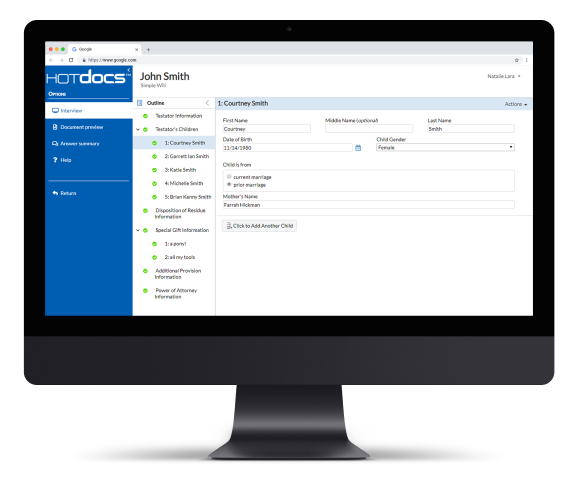
How Document Automation Software Helps HR Practitioners
I was chatting with a friend the other day who happens to be a Human Resources (HR) Director for a large multinational finance company and the more she spoke about her challenges, the more I realized that HR was no longer just HR as I understood HR. In fact, HR has a much wider remit in the modern day organization. HR practitioners need to be incredibly flexible in how they operate, as a result of the ever increasing demands and requirements of the business.
Pressing her further, we discussed the multiple “hats” the modern HR team wears:
Roles of HR professionals
The Performance Manager – To achieve or over-achieve results, the business must perform adequately or, in an ideal world, over-perform. It often falls on HR to analyze and action relevant business intelligence to create and deploy a performance programme and measurement plan to assist in the success of the organization.
The Change Manager – Businesses are dynamic, operating fluidly to achieve targets. This often means change is endemic in organizations, as new tools, processes and skills are adopted to stay ahead. With change comes an impact on human talent, including changes to contracts, working practices, remuneration and a range of other areas that are often transitioned into the business by HR practitioners.
The Succession Planner – Without succession planning organizations cannot improve or retain their star players, creating a negative impact on the overall business. The HR team is key in deploying, maintaining and measuring leadership development programmes and succession planning initiatives.
The Recruiter – Keeping existing staff and attracting new recruits is critical in business progression. The role of HR cannot be underestimated in ensuring that existing talent is retained, programmes are in place to make certain that staff welfare goals are exceeded and the best benefits packages are in place to recruit talented new team members. In an increasingly competitive recruitment landscape, the retention and attraction of staff is absolutely vital.
The Training Manager – As Richard Branson so neatly put it, “Train people well enough so they can leave, treat them well enough so they don’t want to”. This is exactly the challenge that HR teams have and need to resolve. Investing in skilled staff that can deliver optimum performance for the business is key and keeping them is even more critical.
The Equality Manager – Often, you need the skills of a UN Negotiator when working in HR in order to handle any internal conflict and arrive at a mutually beneficial resolution. HR must be unbiased and fair to maintain harmony and drive business performance.
HR document management
Most HR departments still have a heavy reliance on paper, especially when on-boarding new staff, but a good HR system can help with this. It can also be difficult to keep track of documentation in and out, especially around the recruitment process, where many organizations require various documents to be signed and returned by the prospective employee.
Although just the tip of the iceberg in many companies, a selection of key documents that are needed from on-boarding right through the employee life cycle include:
- Contract
- Offer Letter
- Policies to be signed for new joiners – employee handbook, IT Security, Data Protection, code of conduct
- New Joiner form – personal details and bank details
- Probation Sign off letters
- Invitation letters to disciplinary hearings (absence, grievances, conduct, performance)
- Outcome letters for disciplinary hearings (absence, grievances, conduct, performance)
- Letters for role changes, salary increases, promotions, change in hours, bonuses
- Maternity confirmation letters
- Flexible working requests
- Redundancy documents and letters
- Confirmation of resignation letter
- Settlement Agreements
My friend and I agreed that having standard documentation helps to some extent, but every situation is different and tweaks need to be made, meaning that having a system allowing flexibility and automation is essential for the modern HR team.
I left our conversation with a lot to think about and with a hugely increased understanding and respect for the importance of HR and the challenges these teams face. I also wonder why so many organizations undervalue or underestimate how having a strong HR team can help with making the business wheels turn seamlessly.
How document automation software can help
Anything that speeds up the generation of paperwork is a huge benefit for HR professionals. Decreases in human error and standard templates for everyone to use ensures that a process is consistent and fair, regardless of which member of the HR team is doing it. Another point we aligned on is that the law changes frequently, as do internal processes. These days, it’s a must that any HR solution needs to be easy enough for HR departments to update quickly and accurately
Our technology allows you to turn regularly used documents and forms into intelligent templates that guide the document creator through an interview, resulting in the production of a perfectly accurate, perfectly formatted document in a fraction of the time.
HotDocs document automation software offers HR practitioners the ability to save time, reduce cost, increase accuracy and create standardized output in the production of HR documentation.

Want to see document automation software in action?
HotDocs is the market-leading provider of document automation software. Get your free demo today!